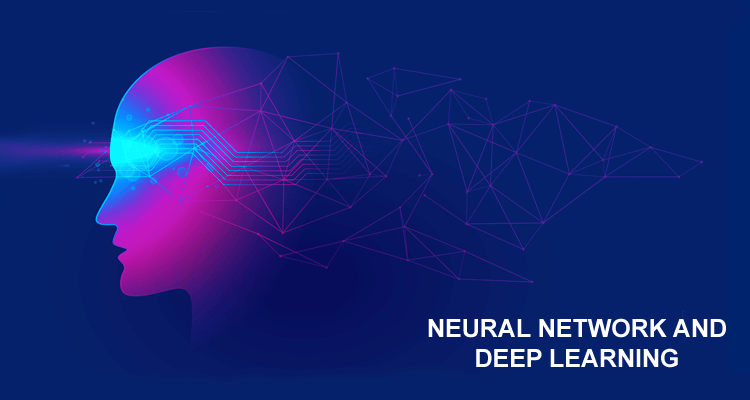NEURAL NETWORK AND DEEP LEARNING

Neural network is a biologically-inspired programming technique which enables a computer to learn from observational data. A neural network is a series of algorithms that endeavors to recognize underlying relationships in a set of data through a process that mimics the way the human brain operates.
Neural network produces the best possible result without needing to redesign the output criteria because it can adapt to changing input . The basics of Neural networks roots in artificial intelligence, is swiftly gaining popularity in the development of trading systems. They are used in different type of applications in financial services, from forecasting and marketing research for fraud detection and risk assessment.
A neural network works similarly to the human brain’s neural network. The network has a strong similarity to statistical methods such as curve fitting and regression analysis.
The Deep learning is a powerful set of techniques for learning in neural networks . A neural network contains layers of interconnected nodes. it is used in layers to create an ANN that can learn and make intelligent decisions on its own. Each node is a perceptron and is similar to a multiple linear regression. The perceptron is an artificial neuron, it feeds the signal produced by a multiple linear regression into an activation function that may be nonlinear. In a multi-layered perceptron (MLP), perceptrons are arranged in interconnected layers. The input layer collects input patterns and output layer has classifications or output signals to which input patterns may map.
Hidden layers fine-tune the input weightings until the neural network’s margin of error is minimal. It is hypothesized that hidden layers extrapolate salient features in the input data that have predictive power regarding the outputs. This describes feature extraction, which accomplishes a utility similar to statistical techniques such as principal component analysis.

